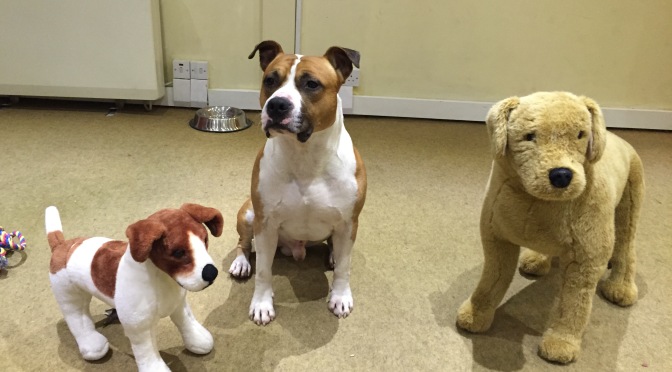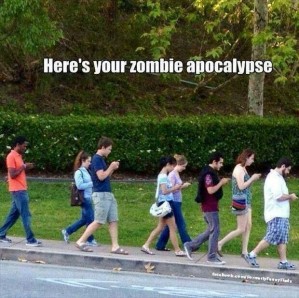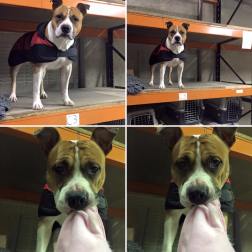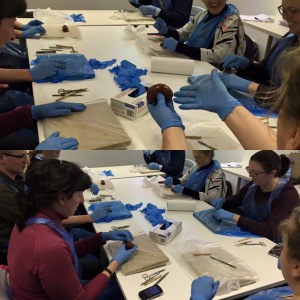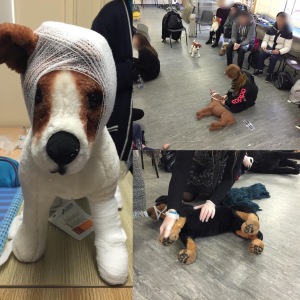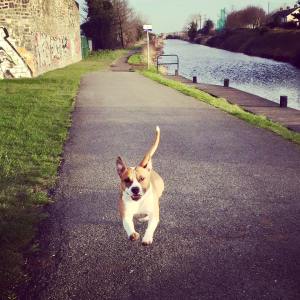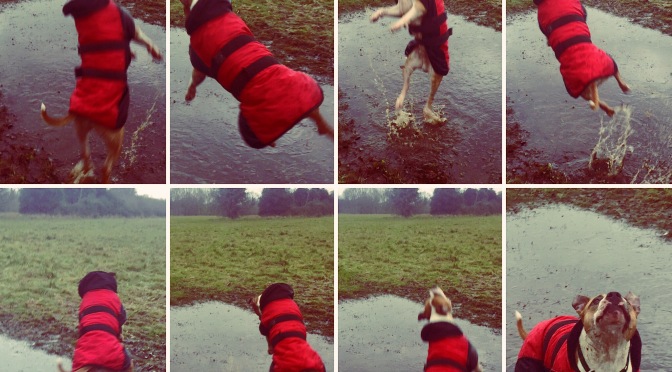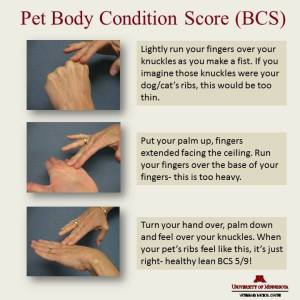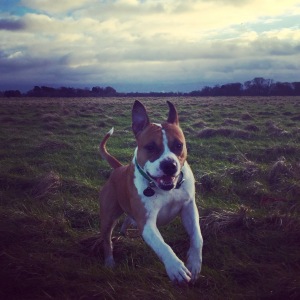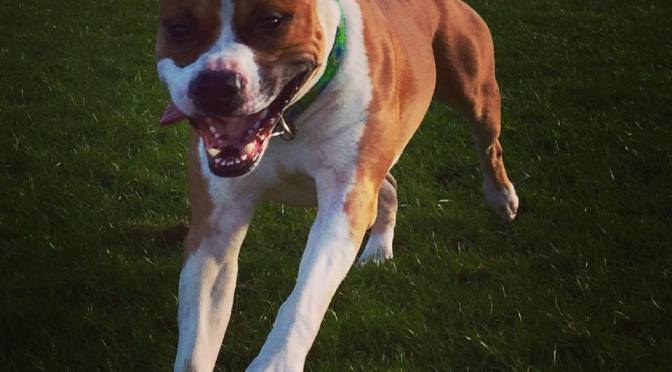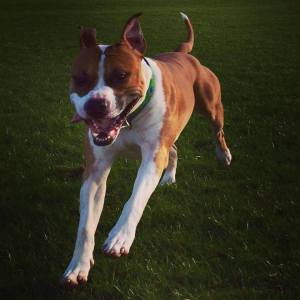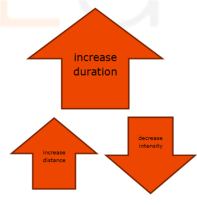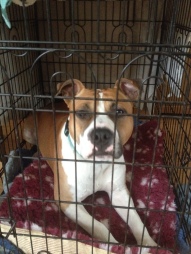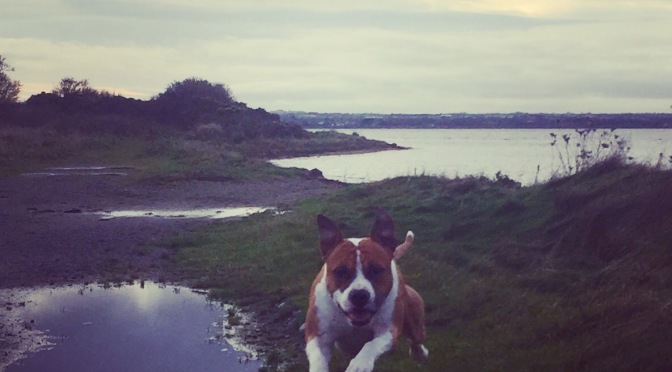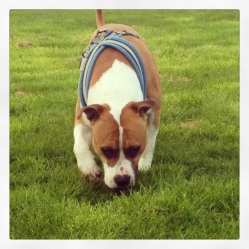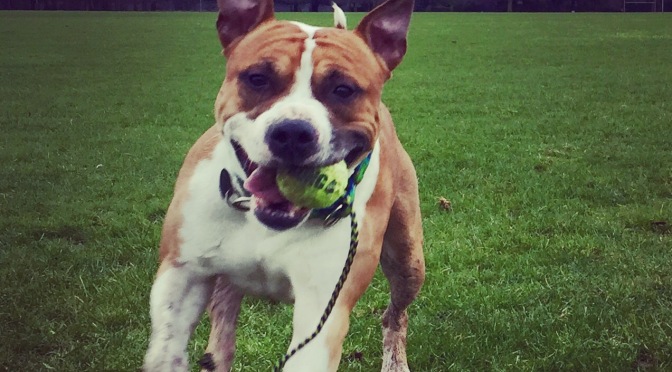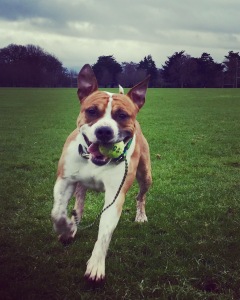What ever happened to doing nothing?
I can’t remember what I used to do when there was any sort of lull in the action before I had a smartphone.
Anything other than constant stimulation and I am reaching for my iPhone…
The movie Bolt struck a cord when I saw it a few years ago.
It’s about a canine star of a TV show, Bolt, who plays a dog with super-powers saving his person Penny from the Green Eyed Man, week in, week out.
Except, that nobody told Bolt it was just a work of fiction and that he isn’t really a super-dog.
When the cameras stop rolling Bolt is kept in a permanent state of readiness, to fend off attacks by his enemies.
What about pet dogs?
We certainly invest lots in teaching them to do lots of stuff, to increase their responsiveness, to build their love of learning and interaction.
And we put lots of energy into keeping them active, getting them moving, in the hope that a tired dog is a good dog (but is it?).
When do they get to just be?
‘Just being’ doesn’t necessarily come easily
Pretty much every type of dog was developed for some sort of job and in modern pet-dom most dogs are unemployed.
Our efforts in guiding dogs from wild to pet, whether intentional or not, selected for characteristics such as wariness, reactivity, inquisitiveness, attachment and activity.
Our pets’ lives, just like our’s, continue to become more and more sedentary with us substituting real-life pursuits for those that are easier to participate from a seated position – even sport is a less serious outlet for pretty serious behaviour.
Without outlets for our behaviour, it is channelled somewhere else – I have a Smartphone but what do our dogs have?
Would we know a dog ‘just being’ if we saw one?
It can be tricky to spot a calm, chilled out dog.
With great access to knowledge you might think we have a better handle on canine signalling, but unfortunately our awareness (or lack thereof) is affected by popular media’s interpretation of “calmness”.
Shutdown is not the same as calmness
A dog who is overwhelmed by a situation and can’t use behaviour to escape something they find unpleasant, will often show signs of ‘shutting down’.
This happens because the dog is unable to escape and his requests for relief have gone unheard/unanswered. This is typified by a very still dog – the absence of behaviour is not calmness.
Shut down dogs interact minimally with their environment, their body may be still and tense, if they are moving their posture may be low slung, they will often be frozen, you may see them yawn, lick their lips, and squint and blink (outside of normal contexts for these behaviours).
Eileen Anderson’s clip gives you a run down of some examples, mistaken for calmness:
Calmness myths and mistakes:
- The absence of behaviour is not calmness (nor ideal)
- Stillness because there’s no way out, ain’t calmness
- Stillness through restraint ain’t calmness
- Lying down through uncomfortable handling or contact ain’t calmness
- Compliance because they can’t escape ain’t calmness
- Compliance due to the application of training equipment or techniques (that the individual finds aversive) ain’t calmness
- “Settling” due to exhaustion, ain’t calmness (is a tired dog, a good dog?)
- Less behaviour is not necessarily better than more behaviour

What does a ‘just being’ dog look like?
A chilled dog is loose, breathing deeply, he may still be monitoring the environment but not really on his tip-toes, he may still be responsive but not in an overly enthusiastic way – but the biggest difference?
The chilled out, calm, ‘just being’ dog is choosing to chill, be calm and be.
Back to Eileen Anderson for her ying to the yang clip:
Teaching a dog to just be
Start by helping your dog to learn that settling, and being calm is excellent!
Check out Week 2 training games from our Train Your Dog Month here.
From ‘excited-by-everything’ to just-be
This dog needs help coming down from the highs, and to better control his swings from up to down.
- play games with rules:
- make play training and training play
- play jazz up/settle down
From ‘let’s go go go’ to just-be
This dog needs help learning that they don’t need to be ‘on’ all the time – good things happen when you’re doing nothing too.
Both in training sessions, and in life, mark and reward doing nothing – even if it’s only a split second – the more you reinforce nothing, the less frantic behaviour you will see.
- make sure to put behaviours on stimulus control – this means that the dog learns to offer behaviours when you cue them only, rather than as soon as he thinks there might be a reward or he thinks it might be time to work
- teach calm-focus exercises rather than laser-focus-on-the-task activities
Week 4 of our Train Your Dog Month program
- make doing-nothing your new job
- take a break/breath
https://aniedireland.wordpress.com/2016/01/16/training-game-2-5/
Hanging out
When we might only have limited time with a dog, whether that be because we are visiting, working long hours or the dog is in a rescue/kennel environment, of course we want to make the most of our time together.
But, a dog who hasn’t been getting too much human attention will be pretty wound up and anticipatory waiting for it. Sometimes, it’s better just to hang out with them – this gives them the opportunity to calm down, bond and be.
Just be…a dog
Don’t forget, that before the dog can just be, he must have an outlet to just be a dog too.
